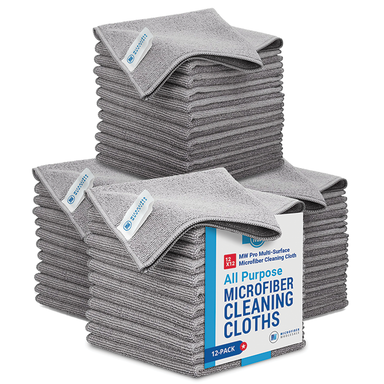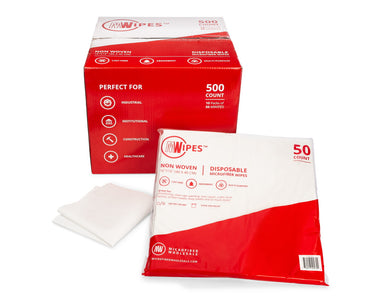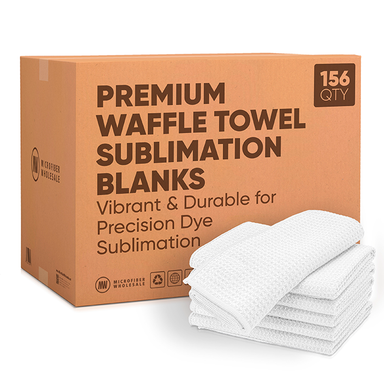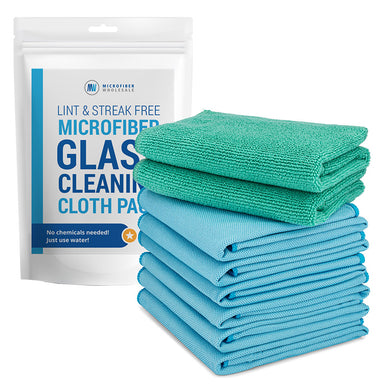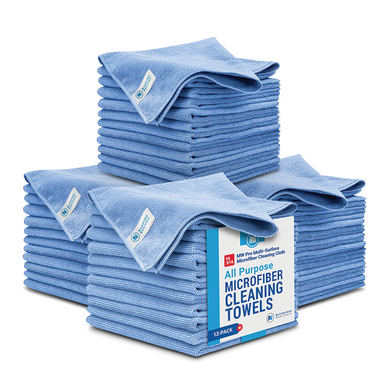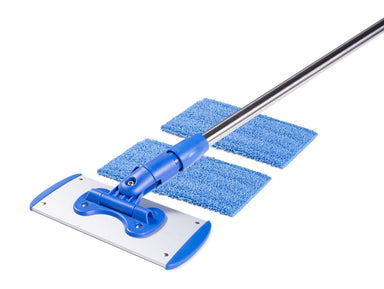For most people, stepping into the bathroom with cleaning supplies in hand can feel a bit like entering the Roman Colosseum. While the fear of germs often takes center stage in our minds, the real dread that lurks in the shadows is the muscle-straining task of scouring away all the stubborn soap scum and hard water stains.
That villainous duo never misses a day in the arena, necessitating a rigorous cleaning battle for the lives of your bathroom fixtures multiple times a month!
As if the traditional challenges weren't enough. The modern bathroom has introduced a new player: the rise of the Dastardly Designer. This mercenary's infatuation with delicate surfaces such as natural stone and patina-coated metals has transformed bathroom cleaning from a practical yet exhausting slog to now a near-impossible tightrope walk.
Balancing the competing care restrictions of fussy surfaces with the aggressive tools required to remove challenging soils with the near-absurd consumer demands of removing deposits without harsh chemicals is a circus-worthy gymnastics feat.
But fear not! Melissa Homer, a professional cleaning consultant, is here to arm you with the weapons and strategies to win. As a cleaning expert with over 18 years of experience consulting large cleaning franchises, Melissa has distilled the essentials that really work over the fluff that has flooded the market, ensuring your bathroom cleaning is as easy and effective as possible.











